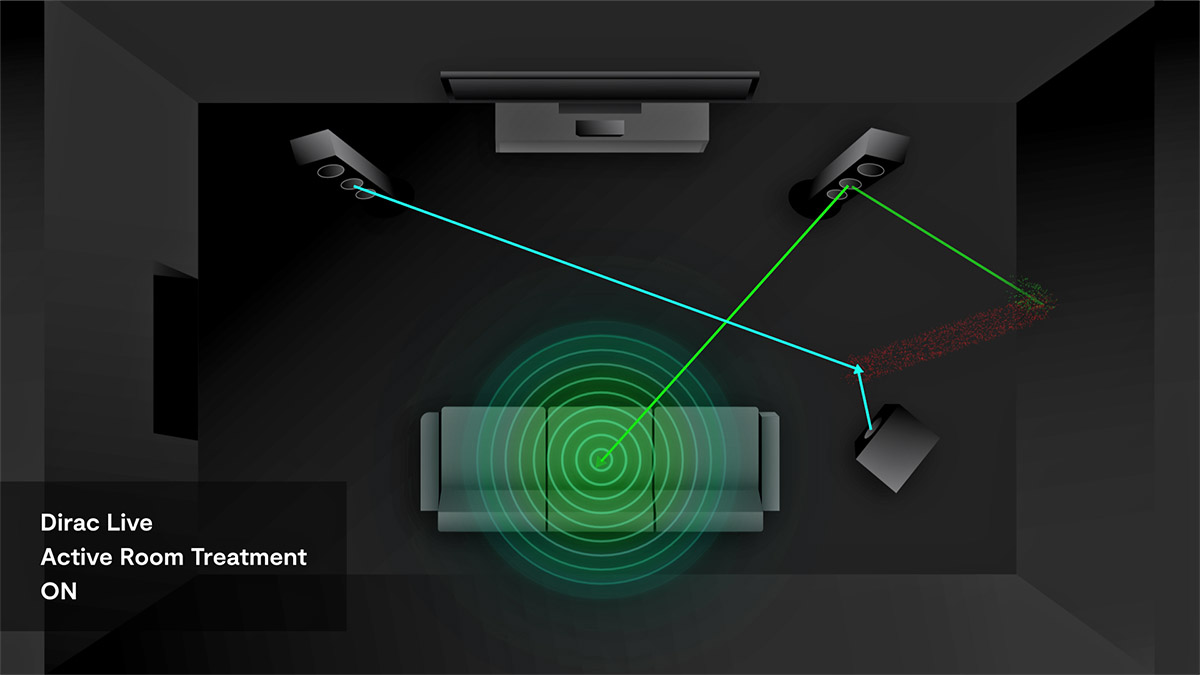IMHO any HW platform that supports DIRAC (at however many taps per channel) should be capable of running DIRAC MIMO. The smarts is in the measurements and the filter calculations.
It is a different question as to how DIRAC will decide to monetise this new technology and the amount of market segmentation they choose to do. Of course, depending on licensing fees and conditions some manufacturers may bark at licensing, or make that "user upgradeable" (aka extra cost) feature.
The Storm processors, currently the only ones capable of the new functions, have more processors than most mainstream AVR's - 4 vs 2.
Given what Dirac are trying to do with this new capability, I would expect it to be processor intensive, and I would not find it surprising if current/past processors/AVR's weren't up to it. Sure marketing will come into it, but this is an order of magnitude shift in the amount of processing needed, even if you allow an increase in lag... at some point, you never catch up, you just fall further and further behind (unless you drop frames/data to catch up).
Most of the AVR's are based on a single SOC chipset from analog devices SHARC family - these max out at dual processor - and are the norm - with devices from Onkyo, Denon and others supporting Dirac Live, Audyssey, and various other functions without any trouble.
The StormAudio ISP runs quad SHARC processors - so at least two dual CPU analog devices SOC's - they also use ARM processors for the control systems (Analog Devices also have combo chipsets with embedded ARM processor in addition to 2xSHARC processors -
https://www.analog.com/en/products/adsp-sc592.html#product-overview - although last I heard these were in pre-release... hard to tell precisely what chipsets StormAudio are using)
At an indicative minimum - these StormAudio processors have double the processing power of most current Dirac capable devices - perhaps there is a good reason for this, and we are seeing it now.



